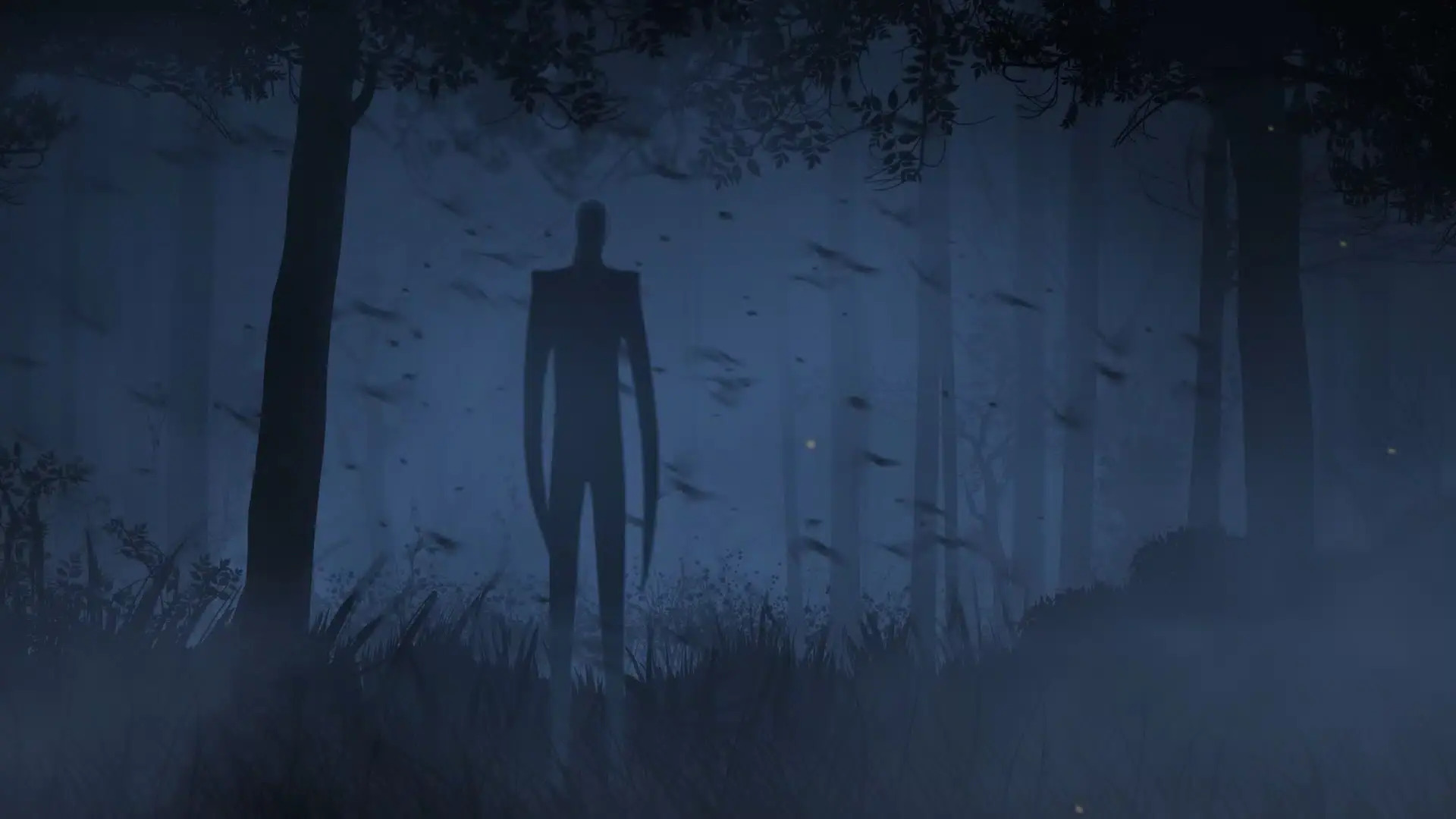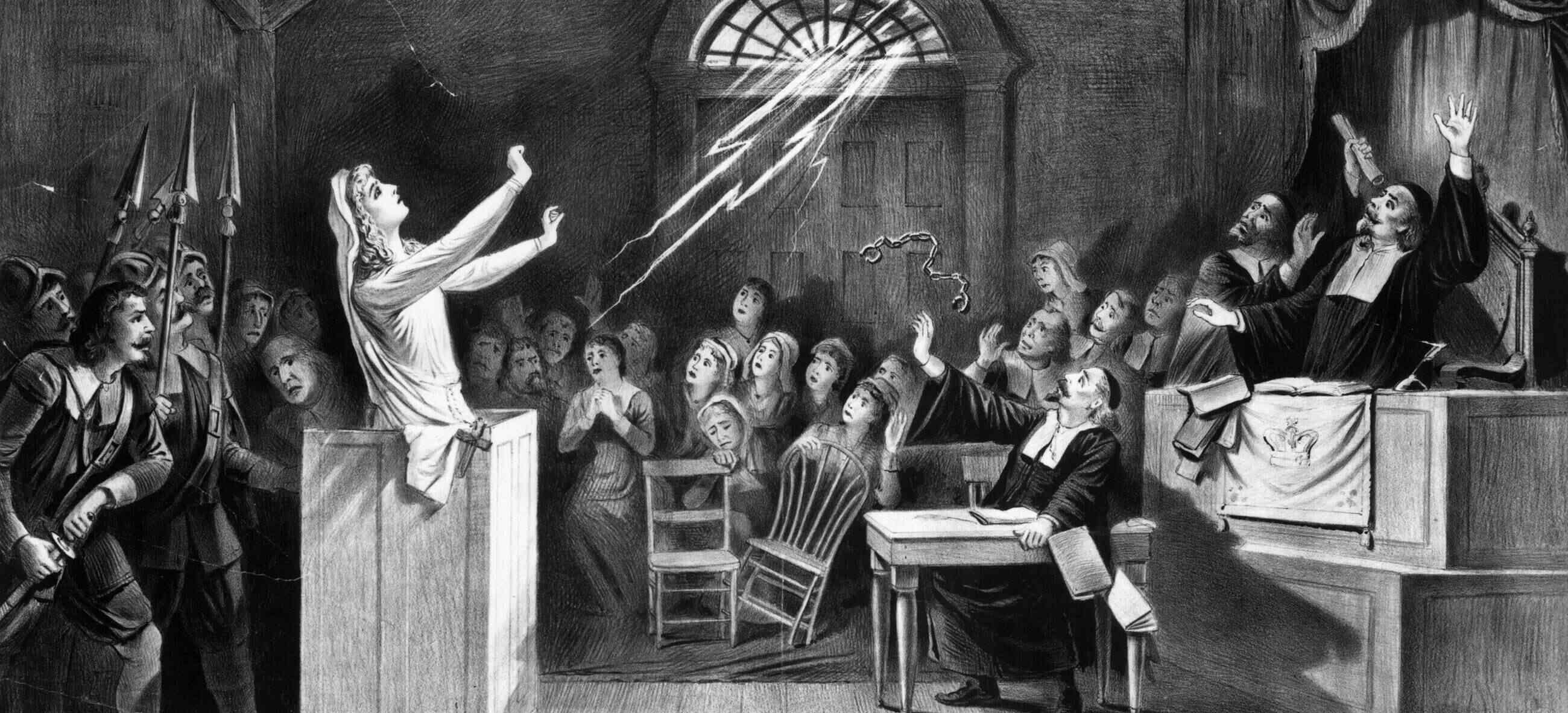
Urban legends have a way of creeping into our lives, making us question reality. These tales, often bizarre or spooky, spread like wildfire. But what makes them so captivating? Urban legends blend truth with fiction, creating stories that feel real yet mysterious. From the classic tale of the hook-handed killer to the eerie vanishing hitchhiker, these stories tap into our deepest fears and curiosities. They often reflect societal anxieties or moral lessons, making them more than just spooky tales. Ready to dive into the world of urban legends? Here are 38 facts that will make you see these stories in a whole new light.
Key Takeaways:
- Urban legends are modern folklore stories that spread through word of mouth, social media, and email chains. They often contain moral lessons and can vary significantly from one region to another.
- Technology has played a significant role in spreading urban legends, with the internet, social media, and viral videos accelerating their dissemination. Urban legends can have a profound psychological impact, influencing behavior and beliefs.
What Are Urban Legends?
Urban legends are modern folklore, often rooted in local culture or popular myths. They spread through word of mouth, social media, or even email chains. These stories can be spooky, funny, or downright bizarre.
- Urban legends often contain a moral lesson or warning.
- Many urban legends are based on real events but are exaggerated over time.
- The term "urban legend" was popularized by folklorist Jan Harold Brunvand in the 1980s.
- Urban legends can vary significantly from one region to another.
- Some urban legends have been adapted into movies, books, and TV shows.
Famous Urban Legends
Certain urban legends have gained widespread popularity, becoming part of pop culture. These stories often have a universal appeal, making them easily shareable.
- The "Hookman" legend involves a killer with a hook for a hand terrorizing couples in parked cars.
- "Bloody Mary" is a ghost said to appear in mirrors when her name is chanted multiple times.
- The "Vanishing Hitchhiker" tells of a ghostly passenger who disappears from a car without a trace.
- "Slender Man" is a tall, faceless figure said to abduct children, originating from an internet meme.
- The "Choking Doberman" involves a dog choking on a burglar's fingers, alerting its owner to a break-in.
Urban Legends in Different Cultures
Urban legends aren't confined to one culture or country. They often reflect the fears, values, and beliefs of the societies they originate from.
- In Japan, the legend of "Kuchisake-onna" tells of a woman with a slit mouth who asks if she is beautiful.
- Mexico's "La Llorona" is a weeping ghost searching for her lost children.
- In Korea, the "Fan Death" legend warns that sleeping with a fan on can be fatal.
- The "Baba Yaga" in Russian folklore is a witch who lives in a house on chicken legs.
- Australia's "Drop Bear" is a mythical, carnivorous koala that drops from trees to attack people.
The Role of Technology in Spreading Urban Legends
Technology has played a significant role in the dissemination of urban legends. The internet, social media, and email have made it easier than ever to share these stories.
- Chain emails in the early 2000s often contained urban legends, urging recipients to forward them.
- Social media platforms like Facebook and Twitter have accelerated the spread of urban legends.
- Websites like Snopes.com specialize in debunking urban legends and misinformation.
- Online forums and message boards are common places for urban legends to be shared and discussed.
- Viral videos on platforms like YouTube often feature urban legends, adding a visual element to the stories.
Psychological Impact of Urban Legends
Urban legends can have a profound psychological impact, influencing behavior and beliefs. They often tap into deep-seated fears and anxieties.
- Urban legends can create a sense of community by sharing common fears and experiences.
- They often serve as cautionary tales, warning people about potential dangers.
- Some urban legends can cause widespread panic, such as the "Momo Challenge" hoax.
- The fear induced by urban legends can lead to changes in behavior, like avoiding certain places or activities.
- Urban legends can also provide a sense of thrill and excitement, making them popular among thrill-seekers.
Urban Legends in Popular Media
Urban legends have found their way into various forms of popular media, from movies to books to TV shows. They often serve as inspiration for horror and thriller genres.
- The movie "Candyman" is based on the urban legend of a hook-handed killer.
- "The Ring" is inspired by the Japanese urban legend of a cursed videotape.
- The TV show "Supernatural" frequently features episodes based on urban legends.
- Stephen King's "It" draws on various urban legends to create its terrifying narrative.
- The "Final Destination" series explores the concept of cheating death, a common theme in urban legends.
Modern Urban Legends
New urban legends continue to emerge, often reflecting contemporary issues and concerns. These modern myths adapt to the changing landscape of society.
- The "Blue Whale Challenge" is an internet hoax that allegedly encourages self-harm.
- "Creepy clowns" sightings in 2016 caused widespread fear and panic.
- The "Black-Eyed Children" legend involves mysterious children with entirely black eyes appearing at people's doors.
- "Polybius" is an urban legend about a mysterious arcade game that allegedly caused seizures and hallucinations.
- The "Russian Sleep Experiment" is a fictional story about a horrific scientific experiment gone wrong.
Debunking Urban Legends
Not all urban legends are true, and many have been debunked through research and investigation. Understanding the truth behind these myths can be enlightening.
- The "Kidney Heist" legend, where people wake up in a bathtub full of ice missing a kidney, has been debunked.
- The "Licked Hand" story, where a girl thinks her dog is licking her hand but it's actually a killer, is purely fictional.
- The "Pop Rocks and Soda" myth, claiming the combination can cause your stomach to explode, has been proven false.
The Final Word on Urban Legends
Urban legends have a way of capturing our imaginations and spreading like wildfire. These stories, often rooted in a mix of truth and fiction, reflect our deepest fears and curiosities. From the chilling tale of the vanishing hitchhiker to the bizarre myth of alligators in the sewers, these legends reveal much about human nature and societal anxieties. They serve as cautionary tales, entertainment, and sometimes even as a means to explain the unexplainable. While some urban legends fade over time, others evolve, adapting to new contexts and technologies. Whether you believe in them or not, urban legends remain a fascinating part of our cultural landscape. So next time you hear a story that seems too strange to be true, remember—it might just be an urban legend in the making.
Frequently Asked Questions
Was this page helpful?
Our commitment to delivering trustworthy and engaging content is at the heart of what we do. Each fact on our site is contributed by real users like you, bringing a wealth of diverse insights and information. To ensure the highest standards of accuracy and reliability, our dedicated editors meticulously review each submission. This process guarantees that the facts we share are not only fascinating but also credible. Trust in our commitment to quality and authenticity as you explore and learn with us.


